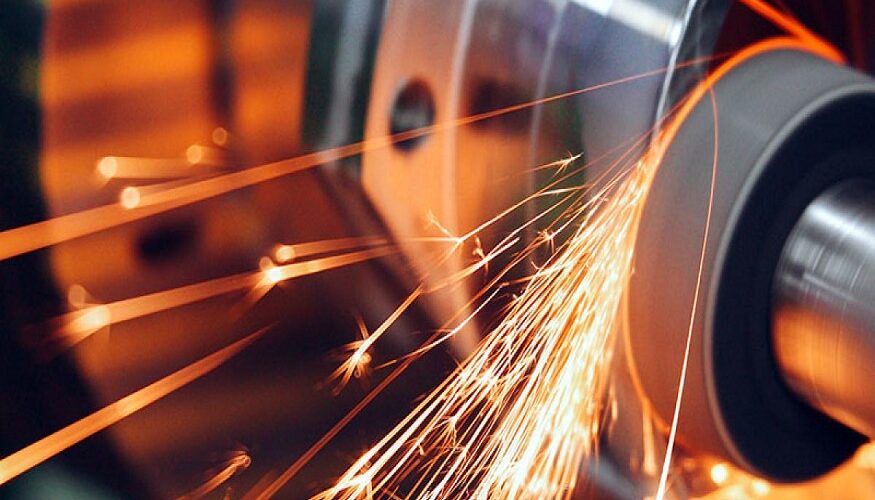In the food manufacturing industry, product recalls are more than just temporary disruptions. They can threaten customer trust, create compliance headaches, and place safety at risk. While it’s easy to view contamination as a sudden event, many of these issues have roots that stretch back to the factory floor. In particular, the design of processing equipment often plays a bigger role than expected.
Where Equipment Design Creates Vulnerabilities
Manufacturers work hard to maintain safe environments, but even the most diligent efforts can fall short when equipment is not built for sanitation. Flat surfaces that don’t drain properly, seams where particles get stuck, and tight corners that resist cleaning all contribute to a higher risk of contamination.
Outdated equipment can be especially problematic. When machines are repeatedly modified over time or lack compatibility with current cleaning systems, maintenance teams are left trying to keep up with designs that weren’t made to be cleaned thoroughly. These limitations increase the chance of buildup and unnoticed bacteria growth.
Designing with Cleanliness in Mind from the Start
Leading manufacturers are taking a different approach by investing in equipment that proactively prevents contamination. This includes features like sloped surfaces to aid drainage, smooth welds that eliminate debris traps, and materials that resist wear over time.
Reducing manual touchpoints is another key consideration. Machines that incorporate automation help limit how often products are handled, which lowers the risk of germs spreading during production. These systems also improve workflow consistency and speed, offering both safety and operational benefits.
Support Systems Keep Sanitation Consistent
Strong equipment alone isn’t enough to prevent recalls. It also takes a network of support to ensure that machines are maintained and operated correctly. Scheduled maintenance programs, easy access to spare parts, and fast-response technical teams help keep everything running smoothly.
When issues are caught early through smart monitoring tools or dependable service partners, plants can address small problems before they affect larger batches. Providing training on sanitation procedures and ensuring that equipment is easy for staff to clean also supports long-term safety goals.
Design Decisions That Shape the Bigger Picture
Avoiding recalls means thinking ahead, not just reacting when problems arise. Manufacturers that build sanitation and serviceability into their equipment strategies create a ripple effect that reaches across the entire operation. Cleaner equipment leads to safer products, fewer disruptions, and stronger confidence from customers and partners.
Smart design is more than a technical choice—it’s a safeguard for your brand and your bottom line. By making the right design decisions now, manufacturers can steer clear of costly recalls and operate with greater peace of mind.
Explore how intentional equipment design and proactive process planning come together to reduce risk in the visual breakdown of the recall lifecycle from Bak Food Equipment, a provider of automated mixing grinding lines

